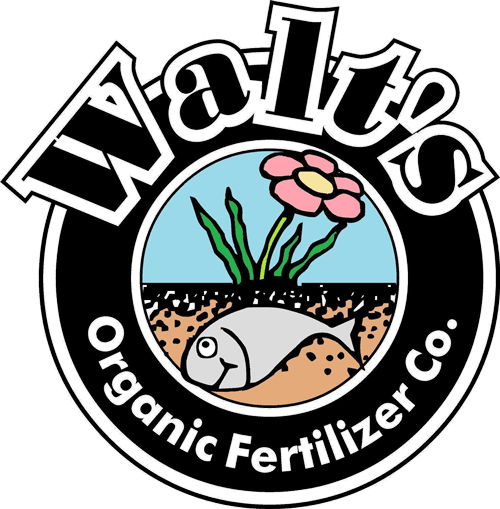Soils around the country differ due to geology, climate, and historical usage. Soils west of the Cascades are typically in short supply of nitrogen and phosphorous. The soil here is frequently acidic. Boron and sulfur deficiencies are not uncommon. Walt’s P-Patch Custom Blend is suited for the prevailing soil conditions of the rainy areas in the Pacific Northwest.
To view the most recent 2024 Seattle-area P-Patch Fertilizer report, click here >
What’s new:
This year with the help of Julie Bryan a the P-Patch we created a soil survey, and distributed it to all gardeners in the program in order to better understand the fertilizing needs and desires of Seattle’s P-Patch community. Through these surveys and a focus group in early 2014, we witnessed a great enthusiasm for adding organic matter (e.g. compost) to the garden plots. This is an important component to soil building, however zealous applications of organic matter on its own may be contributing to an imbalance of minerals.
- This year, we have added lots of minerals (rock dusts and oyster shell flour) to aid in re-mineralizing of soils.
- The oyster shell component will also have a slight effect on soil pH…making the soil a little less acid.
- We have added symbiotic fungi (mycorrhizae) that will encourage bigger root systems faster.
Prior to 2014 the P-Patch community gardens had been supplied with our Organic Garden Blend Fertilizer. For more information on this check out How to Fertilize Your Seattle P-Patch Garden.
Walt’s 2014 P-Patch Custom Blends:
P-Patch Custom Blend: 3-1-2 NPK and contains organic soy bean meal, sulfate of potash, soft rock phosphate, soluble seaweed extract, oyster shell flour, glacial rock dust, basalt dust, micronized Azomite, and beneficial fungi (granular endo mycorrhizae).
Up Garden 2014 Custom Blend (created specifically for the Up-Garden’s unique conditions): 6-0-0 NKP and contains blood meal, feather meal, oyster shell flour, glacial rock dust, basalt dust, micronized Azomite, and granular endo mycorrhizae.
Application:
Application rate: 2-4 pounds per 100 sq. ft. (four pounds per 100 square feet is the standard application rate). Walt suggests using up to 8 pounds per 100 sq. ft. as the fertilizer portion makes up only half of the mix.
*Note: P-Patch only supplies a portion of your plot’s total fertilizer needs. Please respect the honor system, do not take more than your plot allotment. If there is left over, then additional amounts may be used.
Established or existing plantings:
Sprinkle a band of fertilizer around the drip line of the plants and water it in.
If the area is dense with foliage and access is limited, take handfuls of Walt’s P-Patch Custom Blend and toss it with a sweeping motion into the plants as evenly as possible…you will not “burn” the plants.
Planting time:
1. Dig your planting hole extra big (at least twice as wide and twice as deep as the root ball).
2. Set aside about 1/4 of the soil you just removed.
3. To the remaining evacuated soil, add Walt’s P-Patch Custom Blend. If desired, add Limestone Flour or other amendments
4. Mix this soil well.
5. If you have clay soil, dig compost and/or sand into it.
6. Then fill the bottom of the hole with the enriched soil just under the level you want the plant to sit at.
7. Fill the difference with the fourth of the soil you did not enrich. This is to prevent putting the roots in direct contact with the fertilizer.
8. Then fill in around the edges in the same manner. The end result is a root ball enveloped in a band of unenriched soil with lots of nourishment all around it.
9. Any left-over soil should be applied like mulch on the top of the new planting (layer as before). This will help to achieve maximum new root growth.
Additional Information:
Guaranteed analysis:
Total Nitrogen (N)………………………………………3%
Available Phosphoric Acid (P2O5)………………..1%
Soluble Potash (K2O)………………………………….2%
Derived from: organic soy bean meal, sulfate of potash, soft rock phosphate, soluble seaweed extract, oyster shell flour, glacial rock dust, basalt dust, micronized Azomite, and granular endo mycorrhizae.
Storage and disposal: Store in a cool dry location away from direct sunlight and animals.
